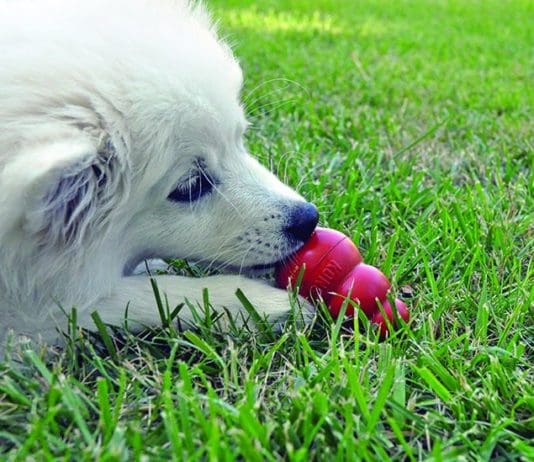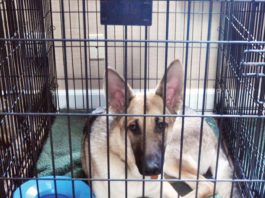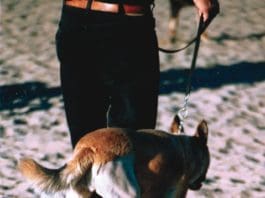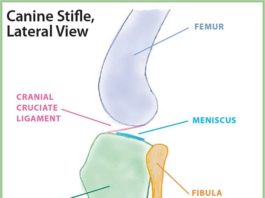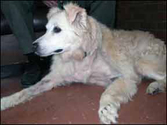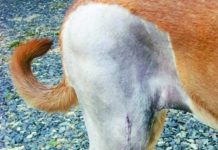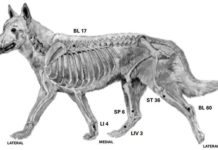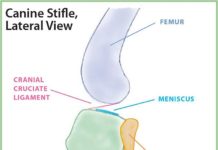It’s OK to Get a Second Opinion Before Putting Your Dog Through Surgery
Your dog is limping and you don’t know why, so you take him to your veterinarian. The vet pushes, pulls, and palpates and announces that your dog probably has torn ligaments in his knee. She says that he needs surgery, and she can take care of that. While you love your dog’s vet, you’re just not sure that you agree, and you’re also unsure whether surgery is the route you want to take. You feel uncomfortable thinking the thought, but wonder what another veterinarian might recommend.
Give Your Dog a Smooth Recovery
Dogs are lousy patients. It's as simple as that. True, they don't constantly call for a glass of water or a plump of their pillow, but that's precisely the problem: Often unable to communicate distress, and possessing a stoicism that masks their true level of discomfort, dogs can mislead their owners into thinking that all's well after a surgical procedure, when in fact it's anything but.
Cranial Cruciate Ligament Repair for Dogs: Your Options
The truth is, we do not have a perfect solution for cranial cruciate ligament tears in dogs. Research is constantly evolving and we are still in search of the perfect fix. In humans, a synthetic or biologic ligament is placed where the damaged ligament used to sit. This was tried in dogs, but the outcomes were never good. The replacement ligaments were just not well tolerated. Consequently, something different had to be done.
Post-Operation Acupressure for Dysplastic Dogs
After consulting with three veterinary surgeons, it was decided that the best course of action for my dysplastic dog was a triple pelvic osteotomy (TPO), where the hip is reformed to create a socket. This procedure was considered experimental 10 years ago when Oak was much in need of it. Today, it is a common surgery for hip dysplasia.
Comfortable Dog Cone Alternatives
Are the classic plastic cones really all that bad? It depends on which dog you ask. Some dogs seem to accept the weight of the heavy plastic, the restricted visibility imposed by the opaque material, the need for increased clearances around the house, and even being gouged by the thick plastic tabs that are supposed to be belted by the dog's collar at the base of the cone. Today there are a number of alternatives to the classic Elizabethan collars to prevent a dog from licking a wound, aggravating a hot spot, tearing out his surgical stitches, or removing a bandage. The alternatives offer a dog greater comfort, better mobility, and improved visibility.
Post-Surgical Procedure Protective Collars or “Coneheads”
The lampshade, satellite dish, or cone no matter what you call it, it is hard not to alternately laugh and feel sorry for any dog wearing one. Often used after surgical procedures, these cone-shaped collars are designed to keep dogs from licking sutures or wounds, potentially opening the wounds or tearing the stitches. They are also used to keep a dog with an injury or surgical site on his head from scratching it with his paws.
How to Keep a Dog Calm After Surgery
and then waits for Tater to offer an approximation of "dead." (Above) Once Tater offers "dead
Alternatives to Canine Surgery
I have a young Great Dane named “Bugsy.” I acquired him from a Dane breeder with a good reputation when he was four and a half months old. My only misgiving about the handsome pup was the discovery he had been raised on a terrible food, a brand made with poor quality ingredients and way too much protein and fat for a growing Dane puppy. Though many people think that big dogs must require lots of protein and fat to “grow so big,” giant breed dogs should be fed lower percentages of these nutrients.
Tail Docking and Ear Cropping Can Be Dangerous
Cosmetic surgery for dogs, including docking tails and cropping ears, is increasingly controversial. Even the usually conservative American Veterinary Medical Association (AVMA) has stated that the procedures are not medically indicated nor of benefit to the patient. These procedures cause pain and distress
Torn Cruciate Ligaments in Dogs
A cranial cruciate ligament injury in a young, healthy dog is typically an athletic injury. In older dogs, it is usually an injury of chronic wear and tear. This explains why its so common for a dog who has damaged the CrCL on one side to then tear it on the other side. When you take one back leg out of commission, the work load shifts to the other, increasing the strain on the ligaments of the good leg.
Regaining What Was Almost Lost
first discovered Petey at their local humane society shelter in 1990. Scheduled for euthanasia the next day
What You Should Know Before Your Dog Receives Anesthesia
Advances in anesthesiology have made this life-saving medical tool safer than ever. Prior to administering an anesthetic and performing an elective surgical procedure, a veterinarian will examine your dog completely to determine if she is in general good health. Usually, the veterinarian will draw blood before the day of surgery, especially if the patient is an older dog, or one whose health is compromised by injury or illness. The doctor will check the blood count for signs of anemia or a high white blood cell count that may indicate the dog has an infection.


